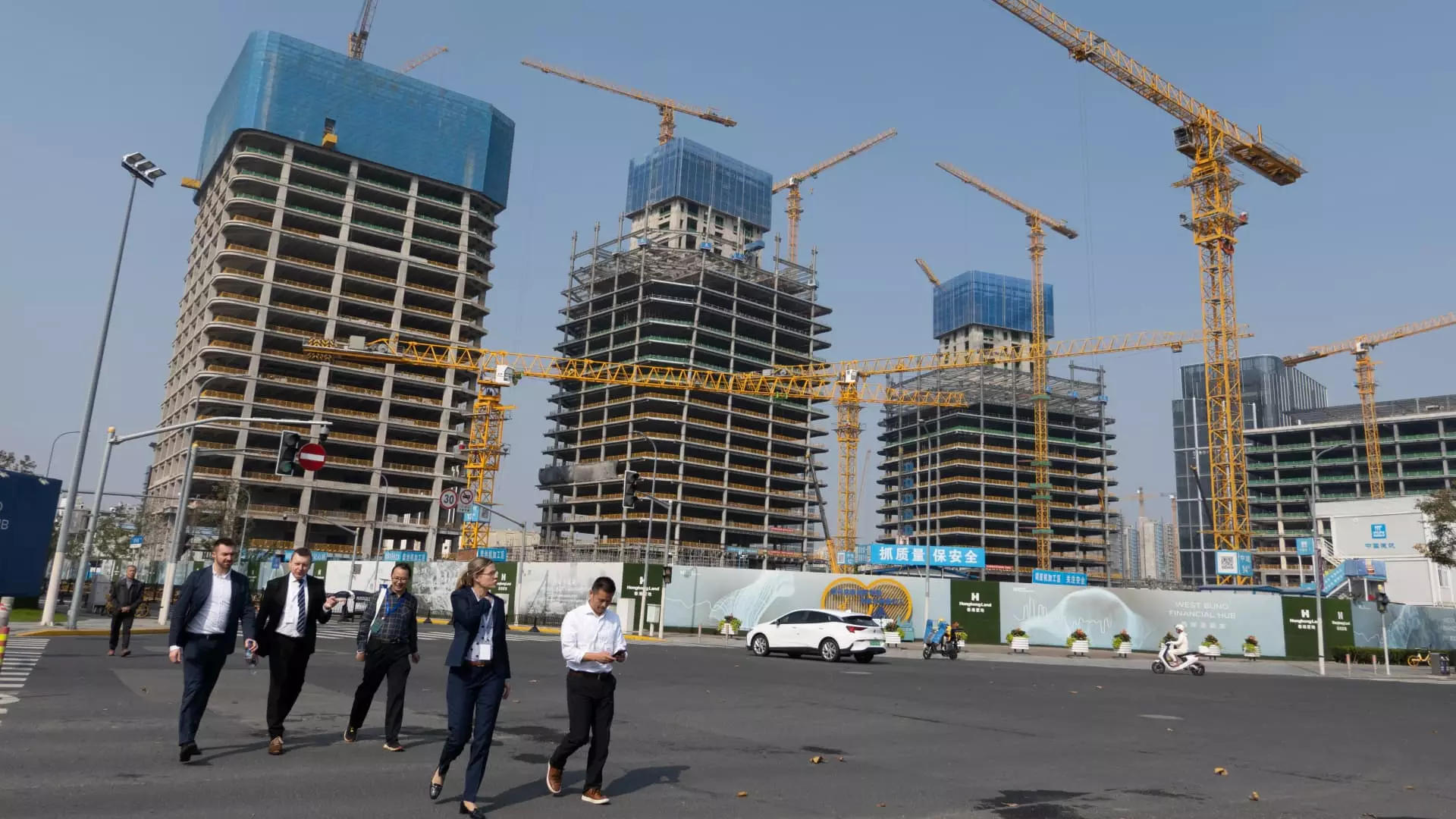As China navigates the complexities of its economy, recent trends indicate a potential shift in fiscal policy aimed at stimulating growth. With a backdrop of declining real estate values and increasing local government debt, the Chinese government is undeniably under pressure to unveil significant measures following the conclusion of a parliamentary meeting. This gathering has already seen various discussions surrounding the need for enhanced monetary and fiscal support strategies to bolster the economy and stabilize market conditions.
The expectation surrounding the government’s announcement stems from a series of previous stimulus initiatives initiated in late September. President Xi Jinping’s convening of a meeting on September 26 set the stage for a structured approach, emphasizing both fiscal initiatives and the necessity of addressing the slump in the real estate sector. The signs were clear – the government is increasingly committed to reversing detrimental economic trends that have been exacerbated by external factors, including rising tensions with the United States regarding trade policies and tariffs.
At the heart of China’s fiscal intentions lies the need to manage local government debt. The National People’s Congress, responsible for sanctioning increases in governmental spending and debt initiatives, is expected to play a crucial role in determining the depth of the upcoming stimulus package. Historical context suggests that recent sessions have permitted adjustments, such as last year’s rare approval extending the deficit from 3% to 3.8%. Analysts speculate similar actions may be taken to facilitate local authorities in addressing their budget deficiencies.
Additionally, discussions about increasing the limit on government-issued debt highlight the ongoing struggle to manage what has been termed “hidden debt.” Estimates suggest that local governments may be grappling with between 50 trillion and 60 trillion yuan in hidden liabilities. Allowing for an increase in debt issuance could equip local authorities with better tools to manage these stealthy deficits while simultaneously alleviating some of the financial strain caused by the pandemic’s economic fallout.
Future Outlook and Considerations
Looking ahead, the anticipation of more comprehensive fiscal support is further complicated by geopolitical uncertainties. The recent U.S. presidential election has reinstated fears of heightened trade conflict, which may compel China to adopt a more aggressive economic posture. Nevertheless, some experts caution against optimistic projections, urging a more tempered response that focuses on structural reforms rather than direct consumer support.
As officials make their deliberations, the focus remains on formulating a strategy that not only addresses immediate economic needs but also lays the groundwork for sustainable growth. With the real estate sector in flux and local governments strained by pandemic-related expenses, effective fiscal policy is essential. The next steps taken by China’s governing bodies will reveal vital insights not only about the immediate response to economic challenges but also about the long-term vision for the country’s financial health and stability.

